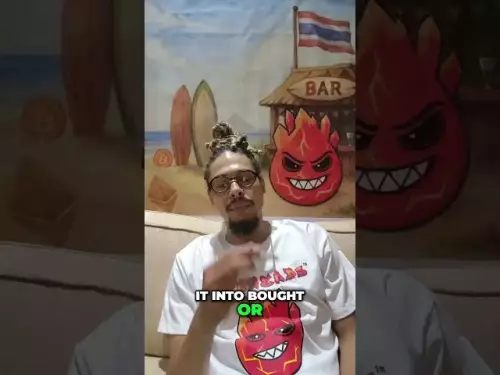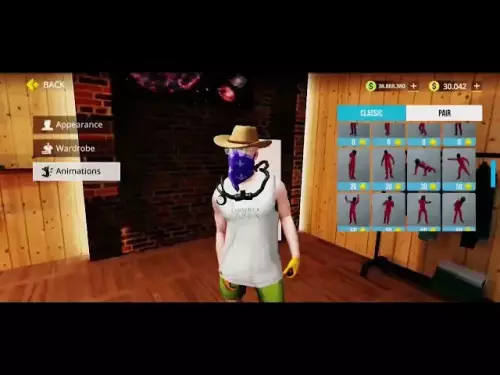-
 bitcoin
bitcoin $109547.008142 USD
0.04% -
 ethereum
ethereum $4011.838726 USD
-0.05% -
 tether
tether $1.000402 USD
-0.01% -
 xrp
xrp $2.798606 USD
0.88% -
 bnb
bnb $970.877944 USD
1.39% -
 solana
solana $202.237275 USD
-0.95% -
 usd-coin
usd-coin $0.999673 USD
0.00% -
 dogecoin
dogecoin $0.229294 USD
-1.15% -
 tron
tron $0.336370 USD
-0.45% -
 cardano
cardano $0.777260 USD
-1.66% -
 hyperliquid
hyperliquid $45.503019 USD
1.73% -
 ethena-usde
ethena-usde $1.000362 USD
0.01% -
 chainlink
chainlink $20.785303 USD
-1.10% -
 avalanche
avalanche $28.755822 USD
-0.11% -
 stellar
stellar $0.358303 USD
-0.48%
Gemini contract shorting tutorial
Gemini contract shorting, an advanced strategy, enables traders to profit from asset price declines by borrowing assets, selling them, and repurchasing at lower prices upon price drops.
Nov 08, 2024 at 07:58 am
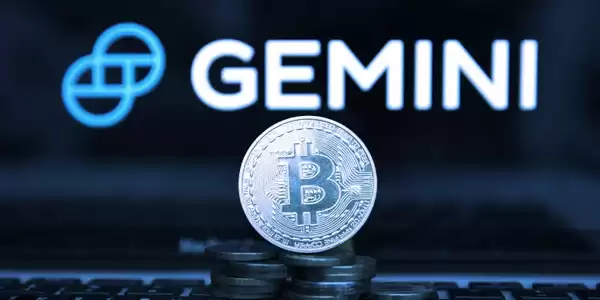
Contract shorting, also known as short selling, is an advanced trading strategy where traders speculate on the decline of an asset's value. On Gemini, traders can short futures contracts, which are agreements to buy or sell an underlying asset at a predetermined price on a future date. By entering a short contract, a trader essentially borrows the asset from the exchange and sells it on the open market. If the asset's price falls, the trader can repurchase it at a lower price, return it to the exchange, and profit from the difference. Conversely, if the asset's price rises, the trader will incur losses.
Step 2: Opening a Gemini Account and Funding ItTo commence contract shorting on Gemini, traders must establish an account and fund it with adequate capital. Gemini requires traders to complete a KYC (Know Your Customer) process, which involves providing personal and financial information. Once their account is verified, traders can deposit funds through various methods such as bank transfers, wire transfers, or cryptocurrency deposits.
Step 3: Navigating the Gemini Trading InterfaceGemini's trading interface offers a user-friendly platform for contract trading. To access the futures market, traders must navigate to the "Derivatives" tab on the main menu. The trading interface displays various charts, order books, and market data, allowing traders to analyze market conditions and place trades.
Step 4: Selecting a Trading Pair and ContractBefore shorting a contract, traders need to choose the underlying asset they want to trade. Gemini offers various trading pairs including Bitcoin (BTC), Ethereum (ETH), and other cryptocurrencies. Traders also need to select the type of contract they want to trade, such as perpetual contracts or quarterly futures contracts.
Step 5: Analyzing Market ConditionsTo make informed shorting decisions, traders should conduct thorough market analysis. This involves examining price charts, technical indicators, and fundamental factors that may influence the underlying asset's value. By identifying potential downtrends or market weaknesses, traders can increase their chances of success when shorting.
Step 6: Placing a Short OrderTo place a short order, traders need to select the "Sell" option in the order interface. They can specify the quantity of the contract they want to short, the price at which they want to sell it, and the type of order (market order or limit order). Once an order is placed, it will be submitted to the exchange and executed if it matches with a buyer's order.
Step 7: Managing RiskShorting contracts carries inherent risks and traders must implement proper risk management techniques to protect their capital. This includes using stop-loss orders to limit potential losses, managing their leverage appropriately, and monitoring market conditions to make timely adjustments to their positions.
Step 8: Closing a Short PositionOnce traders have profited from their short position or wish to exit the trade, they can close it by placing a "Buy" order. This will involve purchasing back the same quantity of contracts they initially sold short. The closing price will determine their overall profit or loss on the trade.
Step 9: Understanding Margin RequirementsTo short contracts on Gemini, traders must maintain sufficient margin in their trading account. Margin requirements vary depending on the leverage used and the trading pair. Traders must ensure they have adequate margin to cover potential losses, or they risk facing a margin call.
Step 10: Fees Associated with Contract ShortingGemini charges various fees associated with contract trading, including trading fees, maker-taker fees, and funding fees. Traders should familiarize themselves with these fees to optimize their trading strategies and manage their costs.
Disclaimer:info@kdj.com
The information provided is not trading advice. kdj.com does not assume any responsibility for any investments made based on the information provided in this article. Cryptocurrencies are highly volatile and it is highly recommended that you invest with caution after thorough research!
If you believe that the content used on this website infringes your copyright, please contact us immediately (info@kdj.com) and we will delete it promptly.
- Blockchain, Eggman, Presale: Why $GGs is the Talk of the Town in 2025
- 2025-09-29 00:25:12
- Crypto Coins 2025: Which Ones Will Explode?
- 2025-09-29 00:25:12
- Crypto Presales in 2026: Chasing ROI Like a New Yorker Chases a Cab
- 2025-09-29 00:30:01
- Solana, AVAX, and the Layer 2 Landscape: Finding the Next Crypto Gem
- 2025-09-29 01:05:14
- Solana's Rollercoaster: Billions Lost, Rebound Catalysts Emerge
- 2025-09-29 01:05:14
- SUI Price, Hype, Digitap: What's the Buzz in the Crypto Space?
- 2025-09-29 01:10:01
Related knowledge
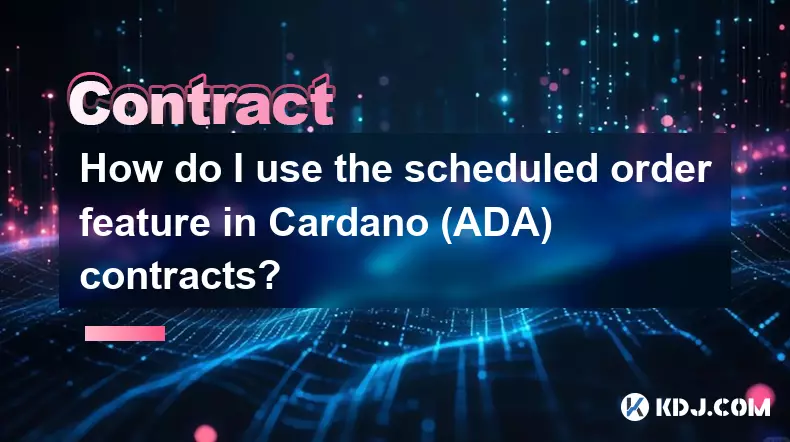
How do I use the scheduled order feature in Cardano (ADA) contracts?
Sep 28,2025 at 10:18pm
Understanding Scheduled Orders in Cardano Smart ContractsCardano operates on a proof-of-stakes consensus mechanism and uses the Plutus scripting langu...

How do I enable the "scalping-only" mode for Cardano (ADA) contracts?
Sep 24,2025 at 03:19am
Understanding Scalping Strategies in Crypto Derivatives1. Scalping in cryptocurrency trading refers to executing multiple short-term trades within min...
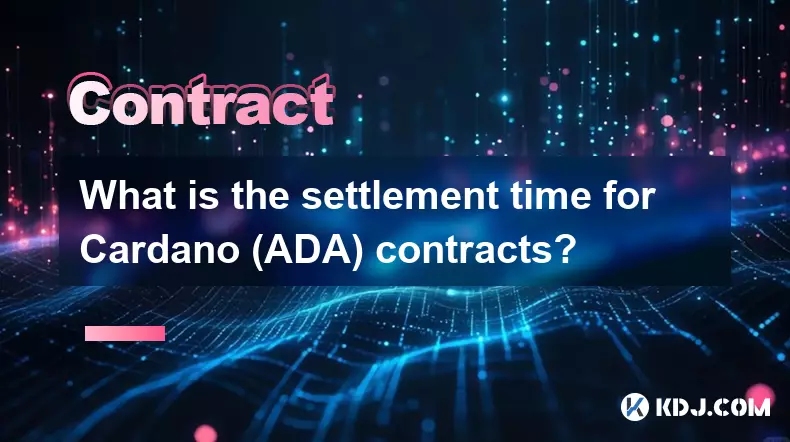
What is the settlement time for Cardano (ADA) contracts?
Sep 28,2025 at 04:18am
Understanding Cardano's Contract Settlement Mechanism1. Cardano operates on a proof-of-stake consensus model known as Ouroboros, which fundamentally i...
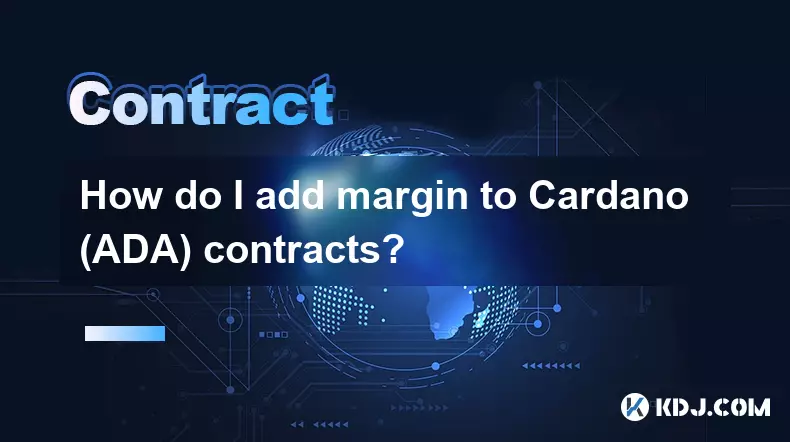
How do I add margin to Cardano (ADA) contracts?
Sep 27,2025 at 07:54pm
Understanding Margin in Cardano (ADA) Smart ContractsCardano operates on a proof-of-stake blockchain that supports smart contracts through its Plutus ...
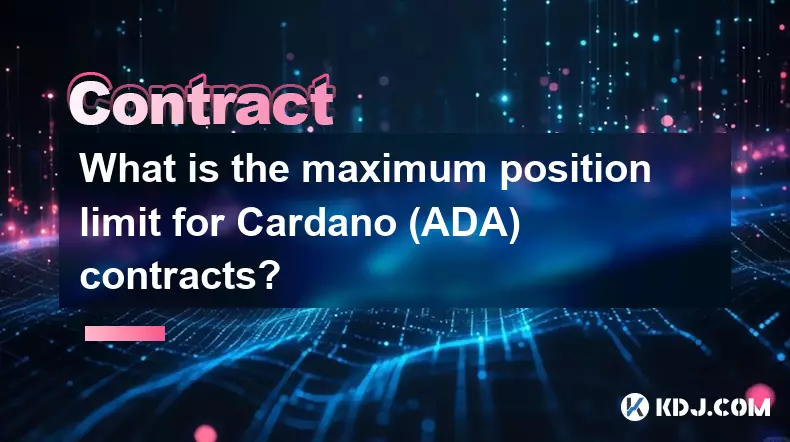
What is the maximum position limit for Cardano (ADA) contracts?
Sep 23,2025 at 11:00pm
Understanding ADA Futures and Derivatives Market Structure1. Cardano (ADA) futures contracts are offered by several major cryptocurrency derivatives e...

What is the maker fee for Cardano (ADA) contracts?
Sep 26,2025 at 09:01am
Understanding Maker Fees in Cardano (ADA) Contracts1. The concept of maker fees applies broadly across decentralized exchanges and smart contract plat...

How do I use the scheduled order feature in Cardano (ADA) contracts?
Sep 28,2025 at 10:18pm
Understanding Scheduled Orders in Cardano Smart ContractsCardano operates on a proof-of-stakes consensus mechanism and uses the Plutus scripting langu...

How do I enable the "scalping-only" mode for Cardano (ADA) contracts?
Sep 24,2025 at 03:19am
Understanding Scalping Strategies in Crypto Derivatives1. Scalping in cryptocurrency trading refers to executing multiple short-term trades within min...

What is the settlement time for Cardano (ADA) contracts?
Sep 28,2025 at 04:18am
Understanding Cardano's Contract Settlement Mechanism1. Cardano operates on a proof-of-stake consensus model known as Ouroboros, which fundamentally i...

How do I add margin to Cardano (ADA) contracts?
Sep 27,2025 at 07:54pm
Understanding Margin in Cardano (ADA) Smart ContractsCardano operates on a proof-of-stake blockchain that supports smart contracts through its Plutus ...

What is the maximum position limit for Cardano (ADA) contracts?
Sep 23,2025 at 11:00pm
Understanding ADA Futures and Derivatives Market Structure1. Cardano (ADA) futures contracts are offered by several major cryptocurrency derivatives e...

What is the maker fee for Cardano (ADA) contracts?
Sep 26,2025 at 09:01am
Understanding Maker Fees in Cardano (ADA) Contracts1. The concept of maker fees applies broadly across decentralized exchanges and smart contract plat...
See all articles




















